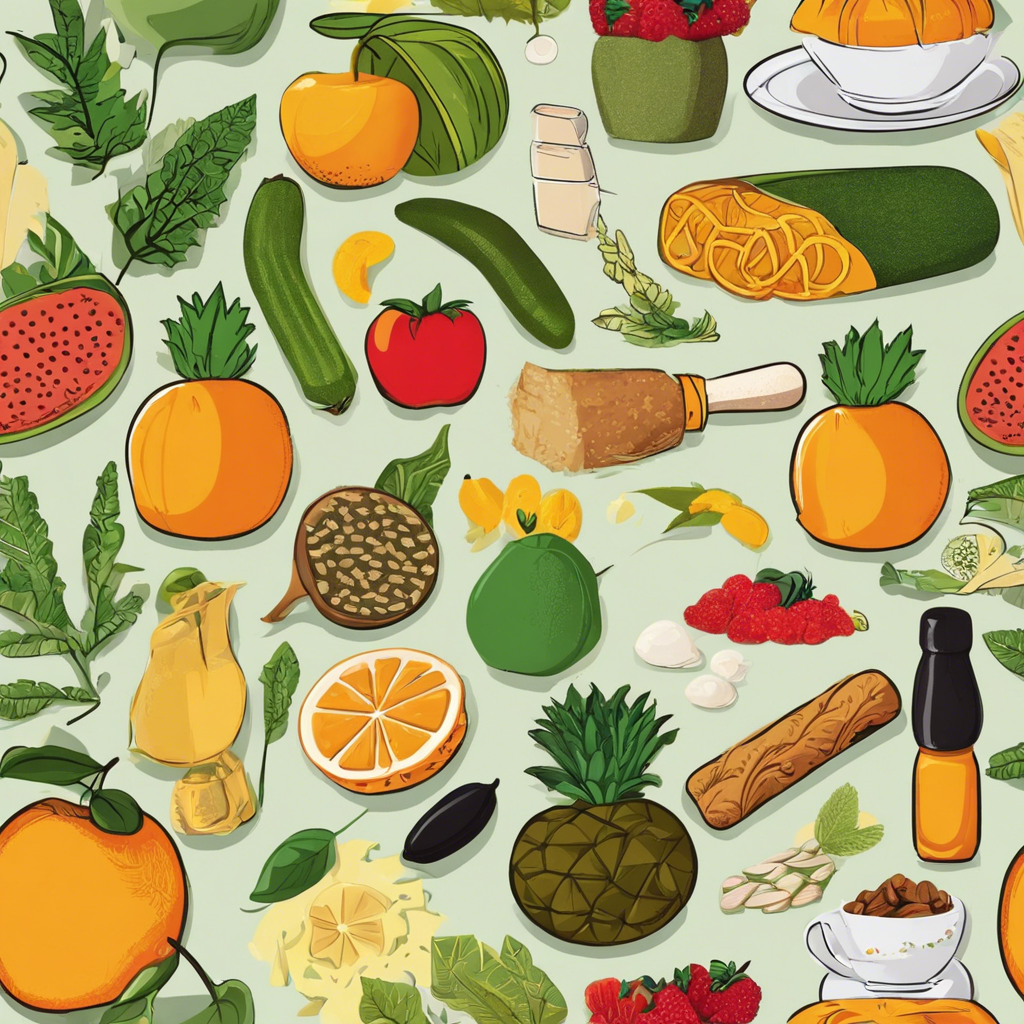**Making Smart Swaps: Transform Your Recipes with Healthier Alternatives**
Transforming your favorite recipes into healthier versions doesn’t have much to be challenging or sacrifice flavor. With a few simple ingredient swaps, you can create delicious and nourishing dishes that will satisfy your taste buds and support your wellness goals. Let’s explore some easy-to-implement strategies for replacing common unhealthy ingredients with healthier alternatives.
Begin by assessing your pantry and identifying ingredients that are high in saturated fats, refined sugars, or artificial additives. These include items like white flour, sugar, and vegetable oils. Instead, opt for whole-grain flours, natural sweeteners like honey or maple syrup, and heart-healthy fats such as olive oil or avocado. For example, when making baked goods, swap out white flour for whole wheat flour or a gluten-free blend, providing more fiber and essential nutrients.
Sugar is a common ingredient in many recipes, but excessive consumption can lead to health issues. Consider using natural sweeteners like honey, which adds a delicate flavor, or maple syrup, which imparts a unique richness. These alternatives contain antioxidants and minerals, making them a better choice than refined sugar. Additionally, they are sweeter than sugar, so you can use less while achieving the desired level of sweetness.
When it comes to cooking oils, choose options that are high in monounsaturated fats, such as extra virgin olive oil or avocado oil. These healthy fats can help lower bad cholesterol and reduce the risk of heart disease. They also have higher smoke points, making them suitable for various cooking methods, including sautéing and baking.
In baking, where creaming butter and sugar is a common technique, consider using mashed bananas or applesauce as a healthier alternative to butter. These fruit purees add moisture and sweetness while reducing the need for added fat and sugar.
Another simple swap is choosing low-fat dairy options or plant-based alternatives like almond or oat milk. These swaps are particularly beneficial for those who are lactose intolerant or prefer a vegan lifestyle. Plant-based milks are often fortified with essential vitamins and minerals, providing similar nutritional benefits to dairy milk.
In savory dishes, consider reducing the amount of salt and replacing it with herbs and spices to boost flavor. Garlic, onion powder, paprika, and turmeric are excellent choices to add depth and complexity to your meals without relying on excessive sodium.
By making these ingredient swaps, you can significantly improve the nutritional quality of your meals without compromising taste. Remember, small changes can lead to significant health benefits in the long run. Embrace the adventure of experimenting with new ingredients and discover the joy of healthier cooking and baking.
In conclusion, swapping unhealthy ingredients for healthier alternatives is a simple yet powerful way to take control of your diet and enhance your overall well-being. With a little creativity and a willingness to try new things, you can create delicious and nutritious meals that will fuel your body and satisfy your cravings. Happy cooking and happy eating!
